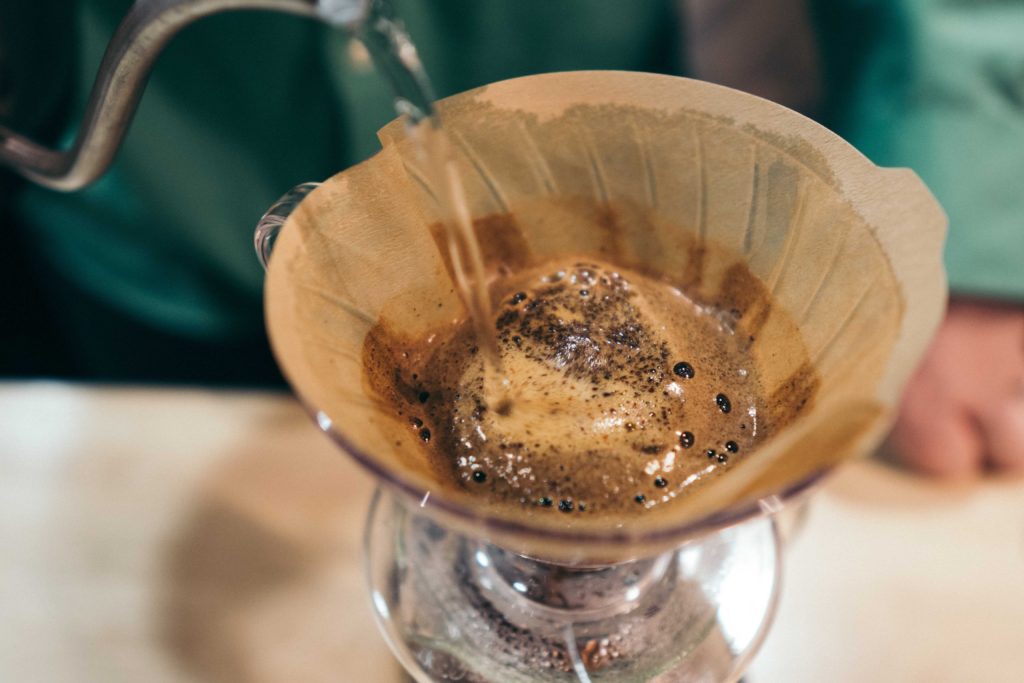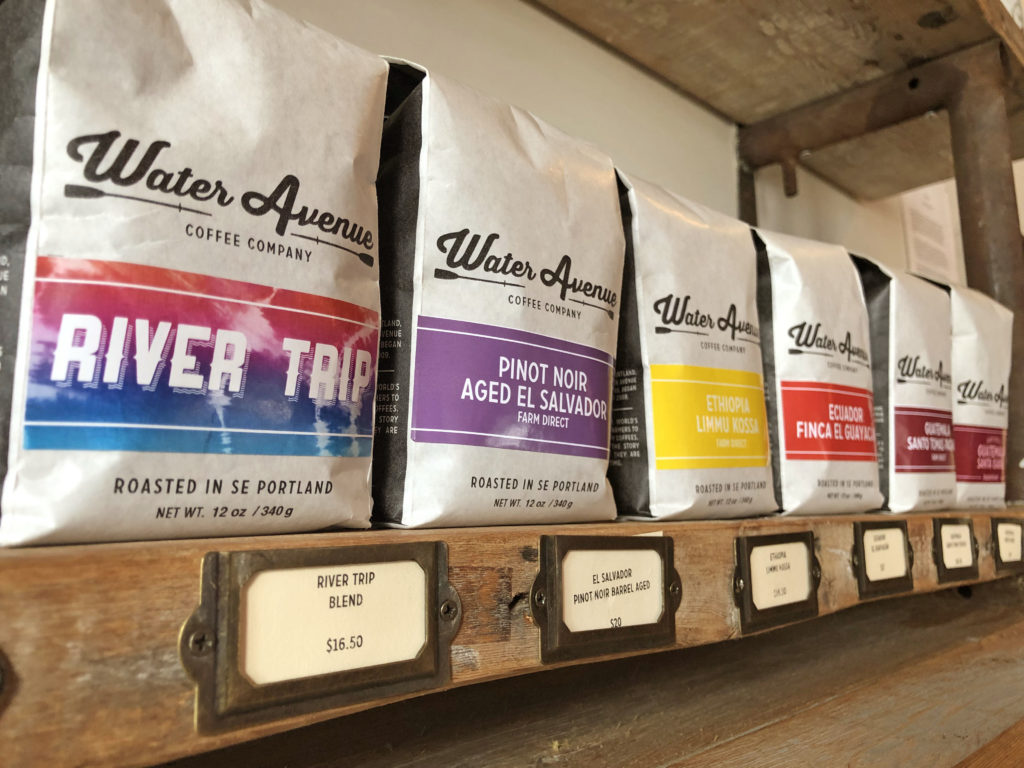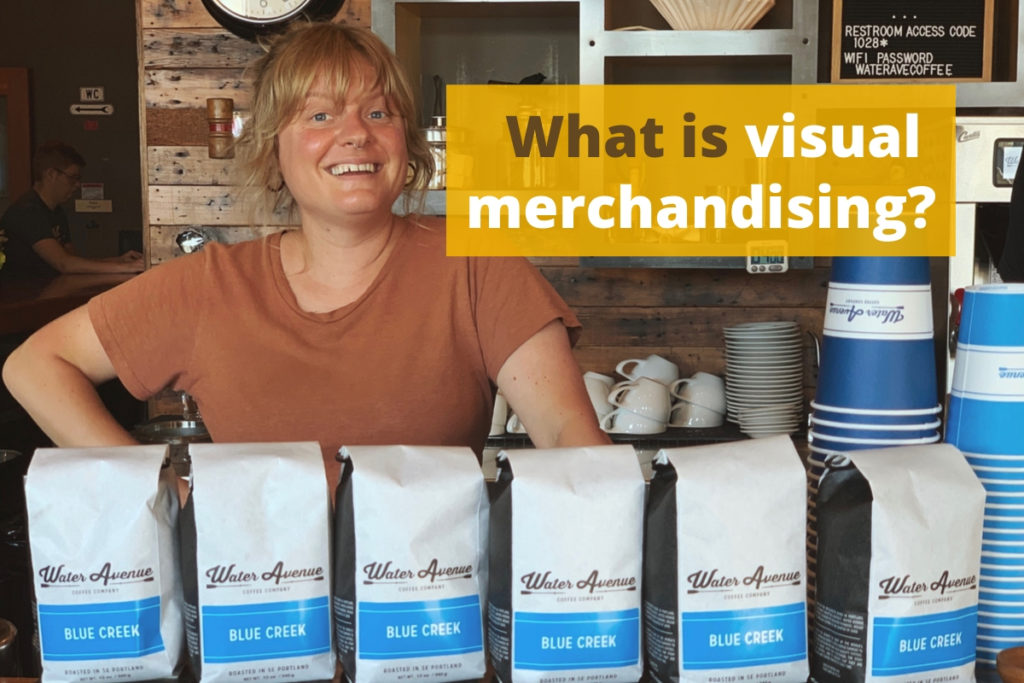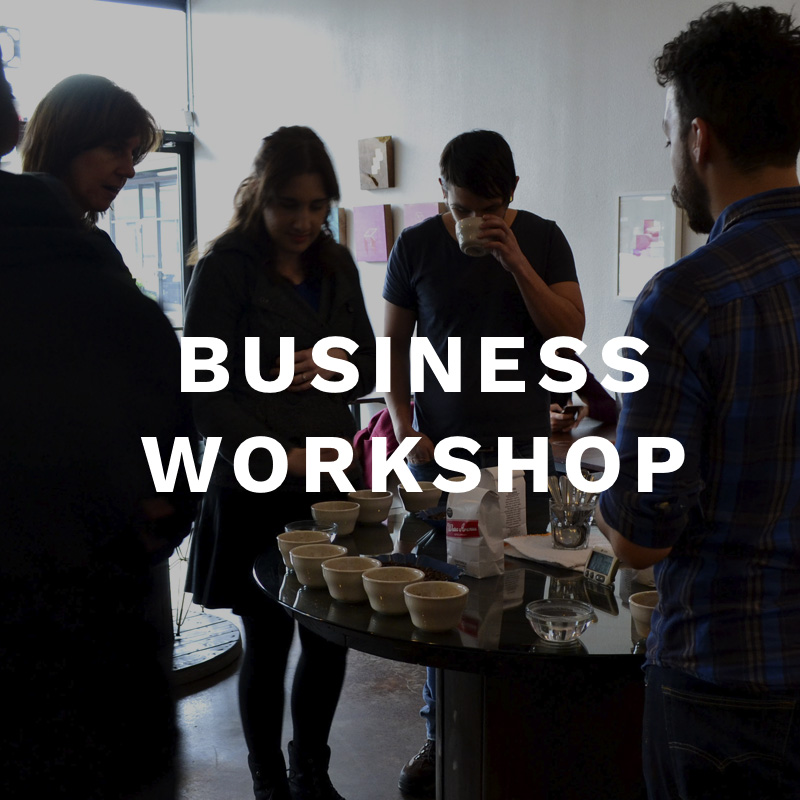Visual merchandising is constantly being aware of how your store and displays affect sales. Let’s think of this concept compared to advertising. Advertising is what you do outside of your business to attract customers. Once these customers are in your shop, this is where merchandising comes into play; it’s the metaphorical closer for your products. Good “visual merchandising” is displaying all of the products you have in your shop in a way that makes the customer want to purchase more than what they had originally planned on getting when they first walked in.
By being successful at visual merchandising, you’ll see an increase of add-on sales such as pastries, sandwiches, or t-shirts. These add-ons will quickly add up and boost your income if presented correctly.
It’s probably safe to say that every business enjoys being successful and profitable, but “success” isn’t a cookie cutter idea. Each type of business gets there in a different way. Most coffee shops focus on getting as many customers through your door each day as humanly possible. Once you get a customer inside though, it’s your task to provide them with as many great products as possible. In this article we’ll discuss how to present your products to sell through visual merchandising.
Coffee Shop Layout and Design
Merchandising starts at the very beginning when you’re working on the physical layout of your store. This includes where to put pastry cases, product shelving, counter space, and seating areas. You could suffer high costs if you underestimate the space you’ll be needing for merchandising so make sure to plan ahead!
It’s also good to figure out which products will be most important to your coffee shop’s concept so that you know ahead of time how much space to devote to each of them. You can also ask your suppliers for their advice on displaying your products or see how your competition is doing it. For example, if you plan to sell various brewing methods and tools, you will need far more space than just selling mugs and coffee. That space can pay off though because one Chemex purchase is as much profit as several customers just buying coffee. Know your market to evaluate whether stocking these more expensive items is worth it.
Positioning Add-On Items
The most common mistake we see is that add-on items are out of view from the people in line. When you’re waiting in line, you’re probably doing one of two things:
- Frantically trying to figure out what drink to order
- Finding a way to bide your wait time in line.
Number two is your opportunity to get customers to buy your add-on items. Put your hard goods (shirts, mugs, etc.) along the path of your line because people like to look while waiting, but make sure they’re still visible from your counter to avoid petty theft. This is a core tenant of visual merchandising, yet it is often ignored.
Also, make sure your pastry case is exposed and easily viewed. The worst feeling for a customer is noticing the pastry case after stepping away from the register and having to get back in line for that croissant they wanted. Many customers probably won’t make that effort. By having a beautifully displayed pastry case, your food is one of the first things the customer sees when they walk in. You can almost see the thoughts of which pastry to get running through their mind.

Take Advantage of Items With Visual Appeal
To get people to buy your add-on items, you want to take advantage of the items that are the most visually appealing. These are the things that’ll catch your customer’s eye and make them think, “Oh that looks really cool…I want to try that.” A brightly-colored, churning granita machine tucked away in a corner will do you no good in enticing people to try new and interesting looking things. Additionally, make sure your pastries are lit well. Most pastries looks more appetizing under a gentler, warmer light, but certain frosted goods look better with cool light. Experiment with your own goods and do not neglect lighting! Good merchandising relies on effective use of space to display the products that are visually appealing and peak the interest of customers waiting in line or deciding what they want to drink.
The 80/20 Rule
This rule basically says that 80% of your sales will come from 20% of your inventory. To be able to fully understand this concept, you need to know what products call into the 20% category. Here are some examples:
- Cookies, brownies, candy
- Whole coffee bean bags
- Pre-packaged teas
- Baked goods
- Mugs, cups
- Brewers (French press, Chemex)
You’ll notice that none of these are coffee drinks. It’s the reality of most coffee shops that customers come for the coffee, but shops stay open through add-ons. This is why visual merchandising is so important. Track the sales of these products to make sure you’re continuing to provide quality, relevant products to your customers. When considering adding new inventory items, make sure to ask yourself two crucial questions:
- How will it fit with our other products? (Will it stick out like a sore thumb?)
- Will the sales outweigh the cost of the product and marketing?
Presentation and Organization
Visual merchandising is all about the way things look to your customer. If your store looks cluttered and disorganized, people will not be likely to rummage through it to look for something they like. All of your products need to be neatly displayed and arranged.
We’ve seen this work especially well with the pastry case. A coffee shop was selling their high-end pastries in their original packaging and it honestly looked like they had went to the grocery store, bought them, and threw them in the case. They only sold only a few of them per day. Once they realized this, they took the pastries out of their packaging and put them on ceramic plates, arranged beautifully. The next day they couldn’t keep their pastry case stocked fast enough.
This just goes to show that presentation means everything. Nobody wants to buy something that looks stale or bought from the grocery store; people come to a coffee shop for quality pastries that look (and obviously taste) delicious. You also want to make sure that your pastry case and product shelves appear as stocked but not full. Customers do not like taking the last of an item, whether from politeness or fear of it being old. However, customers can be overwhelmed by too many options or too many of something. A good rule of thumb is displaying around 6 of any food item, 4 of any coffee bag or merchandise item, and 2 of any bigger ticket item like brewers. Start with those guidelines and change things around if you find different setups work better for your market.

Your Employees
What better form of merchandising is there than your very own employees. While well thought out and well maintained displays go a long way, employees looking for opportunities to help customers makes your efforts ten times more effective. It’s important that they get into the habit of being observant. When someone is looking confused or is wandering around not sure what they’re looking for, your employees should know when to step in and help them out, ask if they’re finding what they’re looking for. Another great skill in the merchandising realm is being able to make recommendations or suggestions to be able to up-sell the add-on items.
These skills require training and for your employees to be very knowledgeable about what you’re selling. It’s important they’ve tasted all of the coffees and pastries so they’re able to “speak from experience” when answering questions or giving advice to a customer. It’s helpful to have an info sheet of what’s in each pastry you’re selling just in case they forget or customers need more detail.
Interested in your own coffee shop?
Our Business Workshop is jam-packed with information for the prospective coffee business owner. We can offer expert advice no matter if you’re opening your first shop or looking to expand. Learn about location scouting, marketing, management, and much more.


